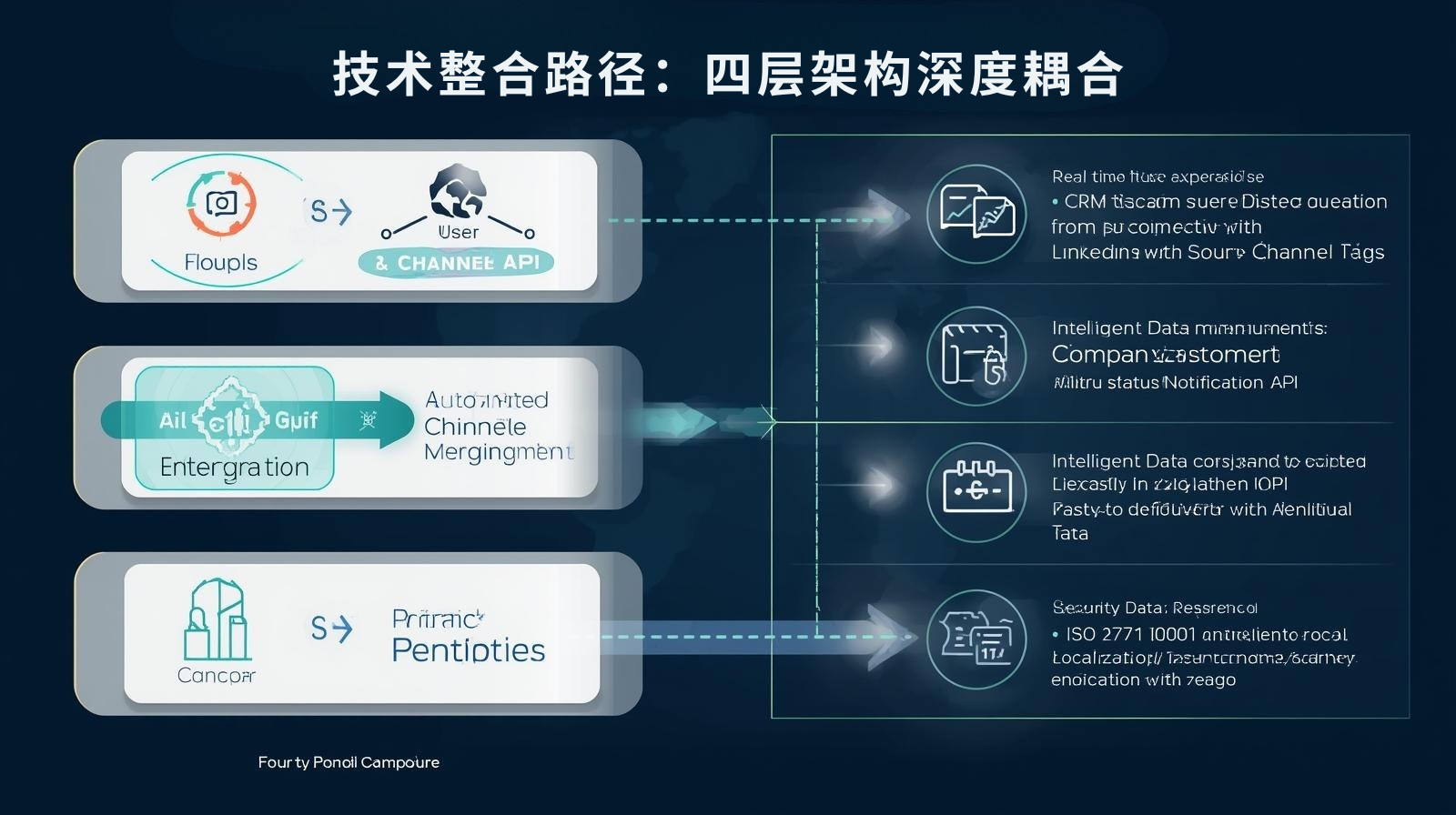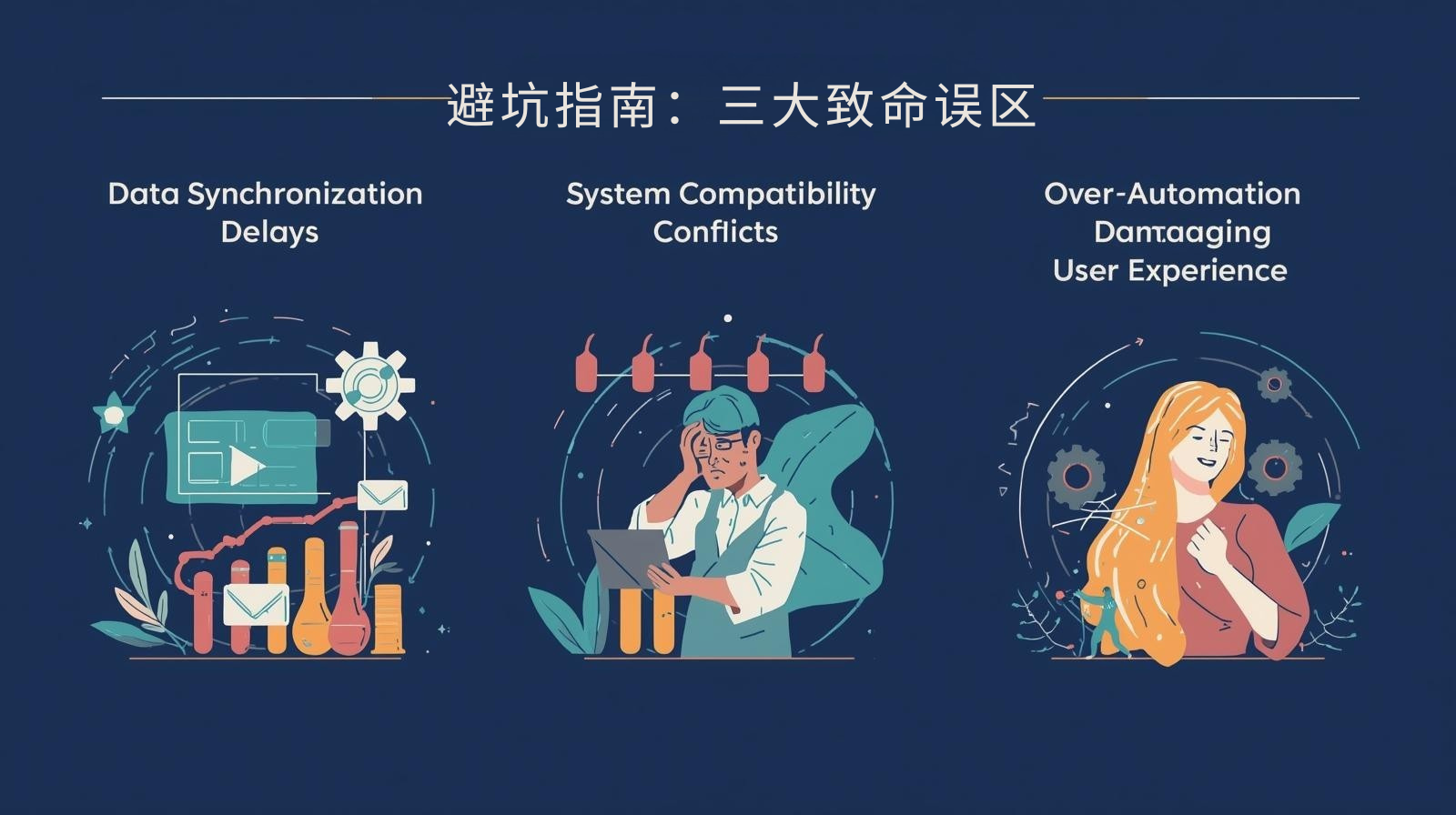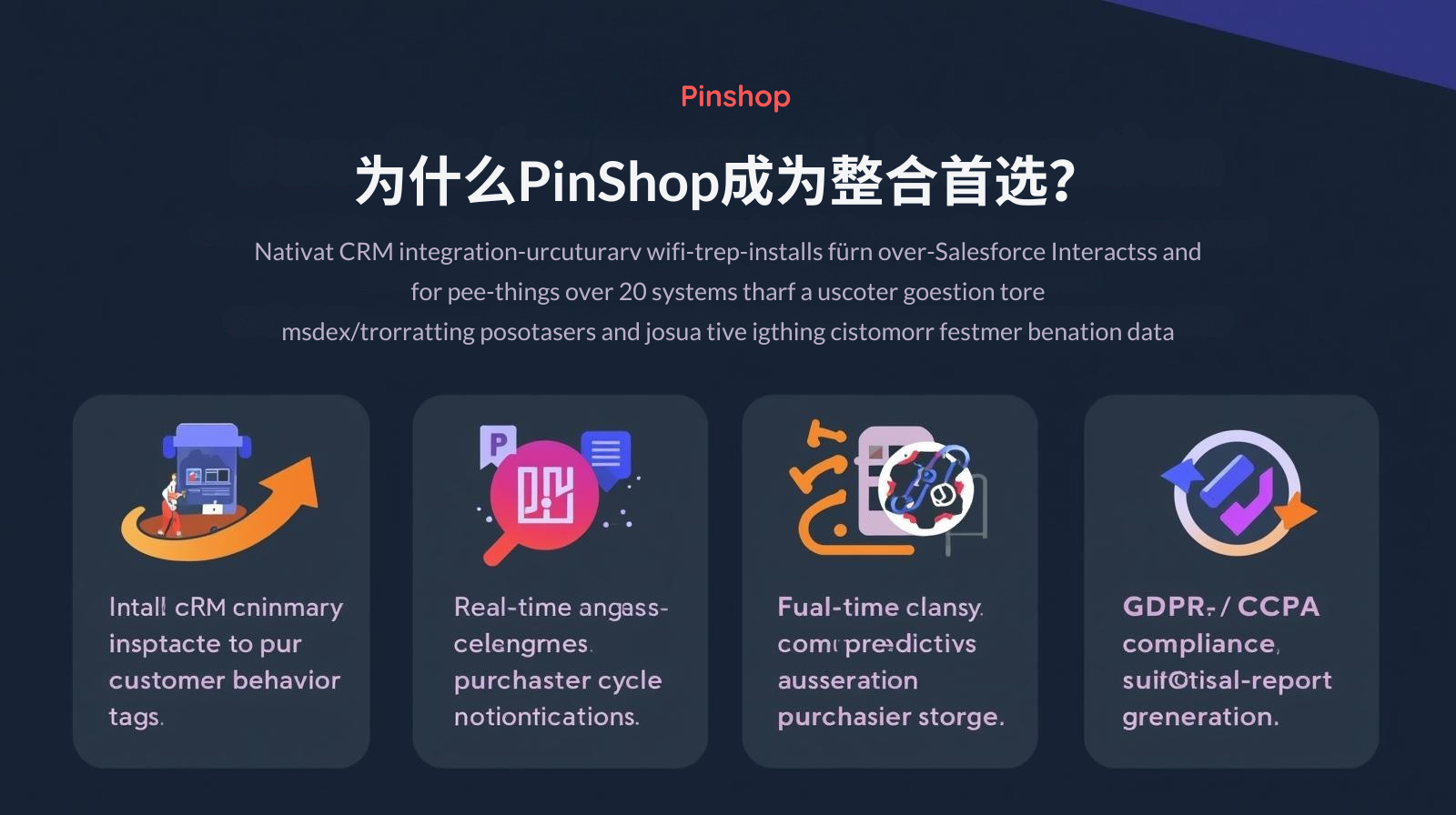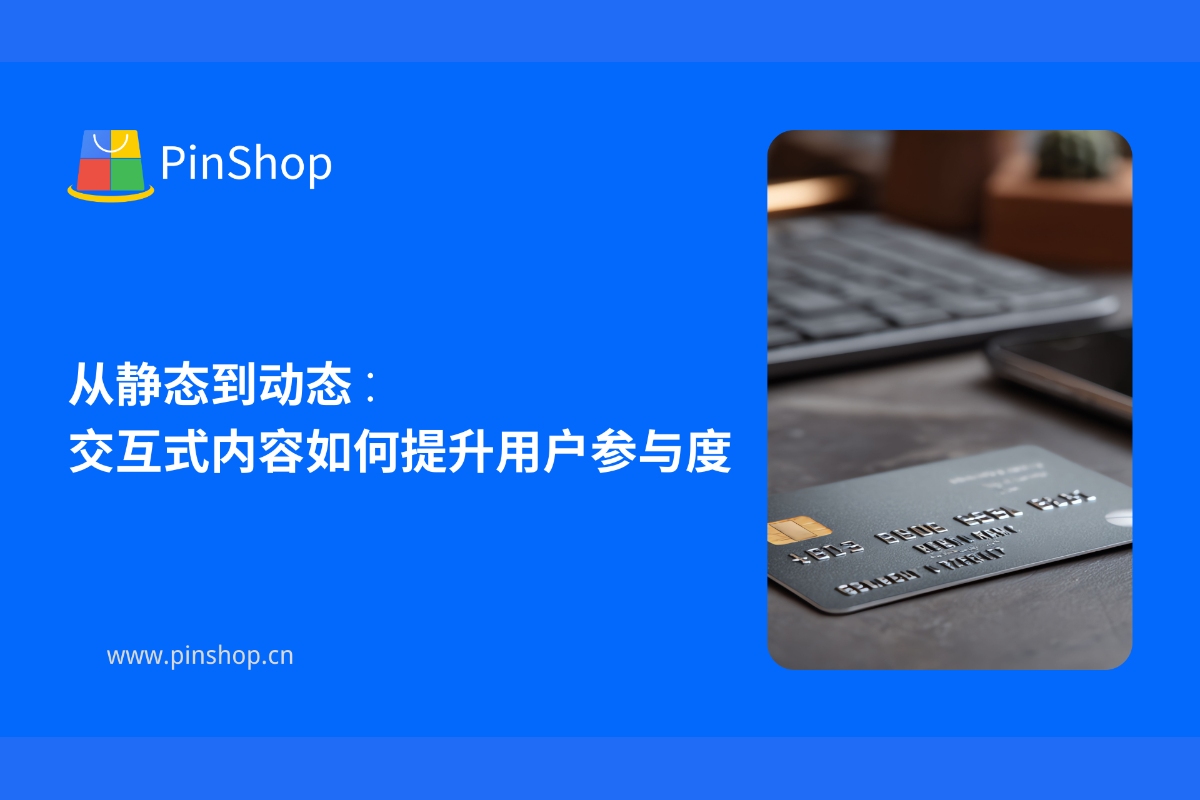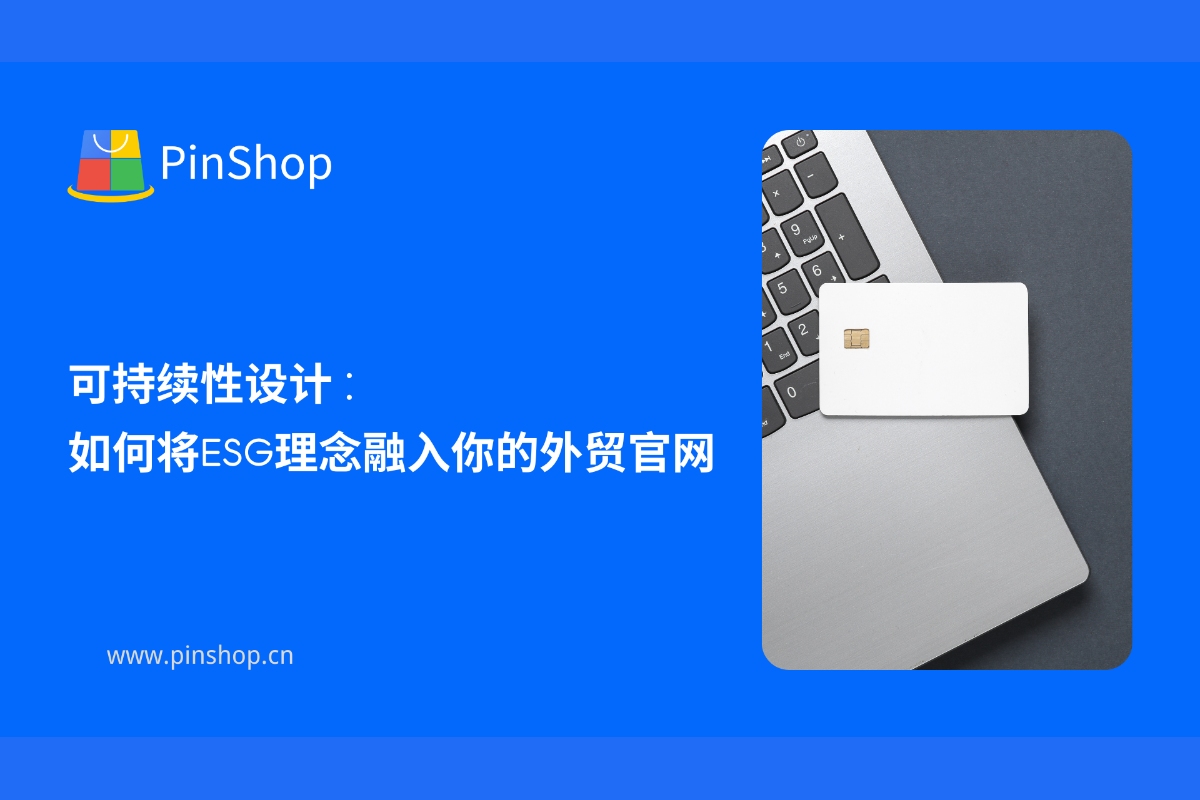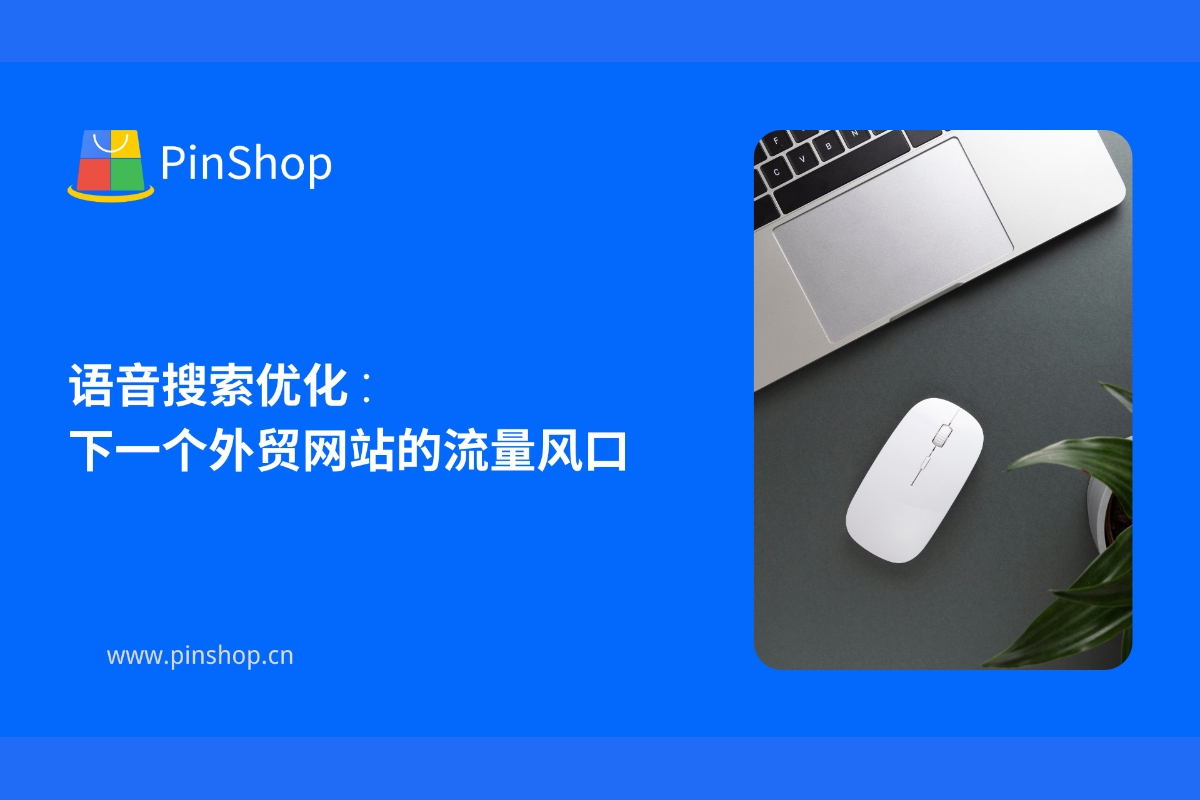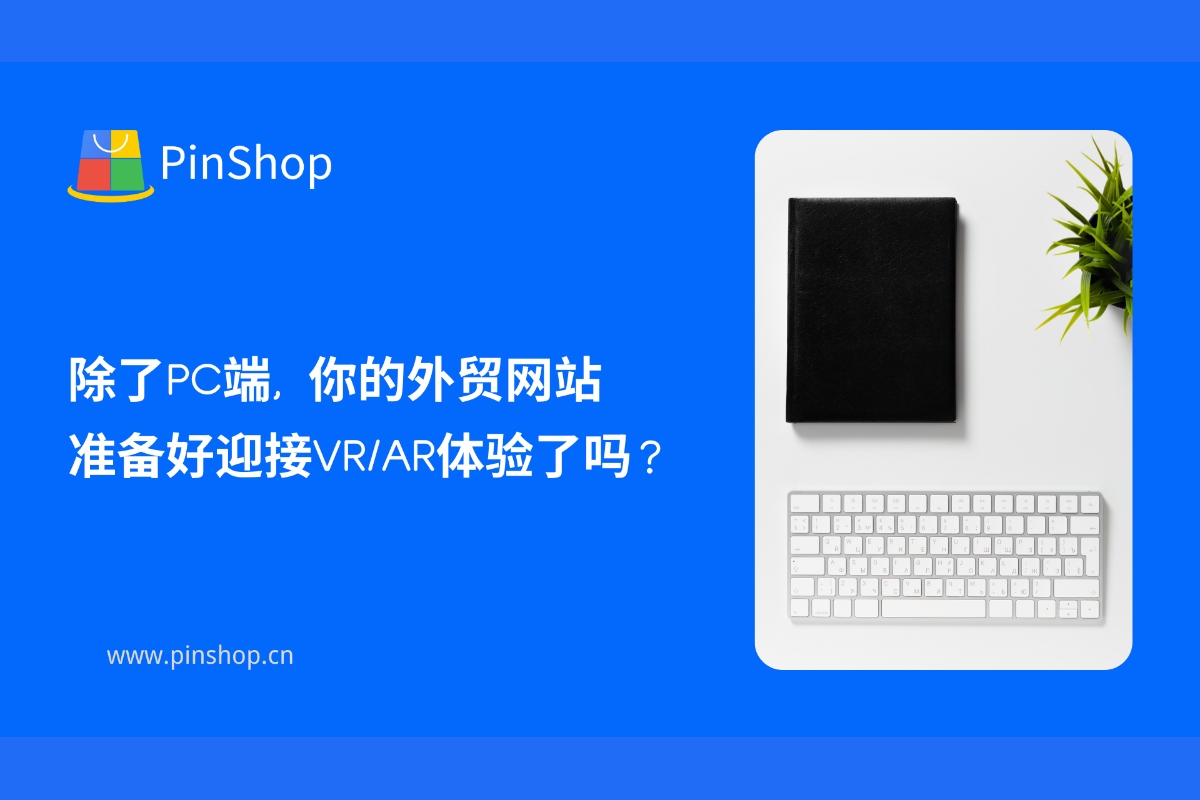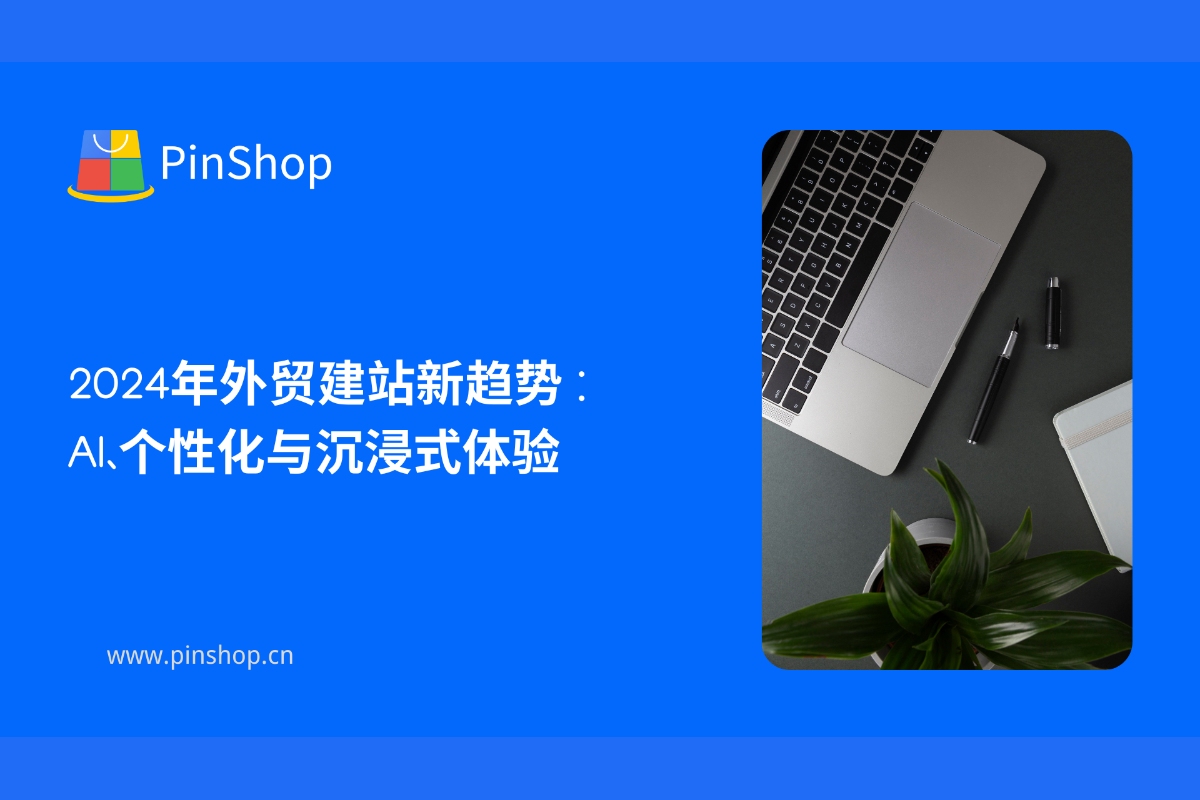A World Trade Organization (WTO) study indicates that while integrating CRM can increase customer lifetime value for foreign trade companies by 42% , 73% of these companies miss out on business opportunities due to data silos (source: wto.org). This article will break down three key integration strategies.
I. Integrating Core Values: Breaking Through the Data Fragmentation Dilemma
1. Build a unified customer view
- Automatically aggregate website activity (page views/data downloads)
- Synchronize inquiry communication records (email/online chat)
- Link historical order data (procurement cycle/product preference)
Data from the International Chamber of Commerce (ICC) shows that a unified customer view improves decision-making efficiency by 68% (Source: iccwbo.org).
2. Marketing Automation Empowerment
- Visitors browsing the valve product page → Automatically receive the "Selection Guide"
- Download the technical white paper → Follow up within 3 hours to trigger a sale
- Case Study : An equipment manufacturer improved its inquiry conversion rate by 27% through automated processes.
II. Technology Integration Path: Deep Coupling of a Four-Layer Architecture
3. Seamless API Integration Solution
- User registration data is synchronized in real time (name/company/contact information).
- Inquiry forms automatically generate CRM work orders (including source channel tags).
- Order status change triggers notification (e.g., "Logistics shipped → Tracking number sent")
4. Intelligent data cleaning mechanism
- Automatically merge duplicate customers (matching email/phone/IP addresses).
- Supplement company information (obtain job postings via LinkedIn API)
- Mark abnormal data (such as fake emails/competitor detection).
5. Security and Compliance Architecture
- Follow the GDPR data minimization principle (collect only necessary fields).
- Encrypted storage of customer data (compliant with ISO 27001 standard)
The World Customs Organization (WCO) emphasizes that cross-border data flows must meet localization requirements (Source: wcoomd.org).
III. Practical Operational Strategies: Driving Performance Growth
6. Customer segmentation operation model
- Category A clients (recent inquiries + high budget): Direct sales contact within 48 hours.
- Category B customers (multiple visits without inquiries): Send industry case studies.
- Category C customers (dormant users): Activation discount code + new product preview
7. Sales Collaboration Workflow
- Results : A building materials company shortened its sales cycle by 19 days.
8. Data-driven product iteration
- Analyze top customer search keywords → Optimize product pages
- Track data download hotspots → Develop new solutions
- Case Study : Launching a Bestselling Product Line Through CRM Needs Analysis
IV. Avoiding Pitfalls: Three Fatal Misconceptions
9. Data synchronization delay
- Ensure the website and CRM synchronize data within seconds (using Webhook technology).
- Case Study: A company lost $80,000 in orders due to a 5-minute delay.
10. System compatibility conflicts
- Verify CRM compatibility with payment/logistics systems in advance
- Choose a pre-integrated solution (such as the PinShop-HubSpot suite).
11. Overly automated damage experience
- Set humane rules (such as not triggering marketing outside of working hours).
- Retain the manual intervention entry point (manual follow-up for key clients).
Why is PinShop the preferred choice for integration?
✅ Native CRM Integration Architecture
- Pre-installed with 20+ system interfaces such as Salesforce/HubSpot
- Automatically map customer behavior tags (browsing depth/content preferences)
✅ Intelligent Data Engine
- Real-time cleaning of cross-border customer data (99.2% accuracy)
- Predict customer procurement cycles (with 7-day advance reminders and follow-ups)
✅Compliance assurance throughout the entire process
- Automatically generate GDPR/CCPA compliance reports
- Data storage is isolated by region (EU/North America dedicated servers)
Get industry-specific integrated solutions → [Technical Solution Consultation] 

